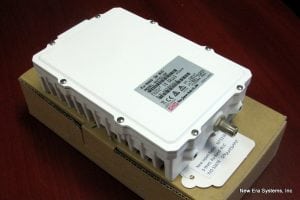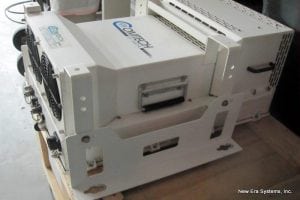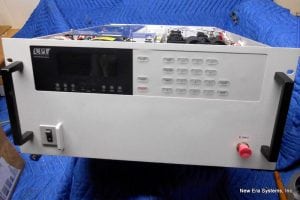
Measurement of Amplifier Power
There are many factors that must be all taken together and the resulting answer after assessing the factors tells the VSAT owner what size of amplifier will be needed to run the satellite link efficiently.
Satellite amplifiers are not measured in physical size, they are measured in output power, most often referred to in watts. Even the manufacturers standard of measurement can be ambiguous, some of them measure the amplifiers output is PSAT, which means the power required to saturate the signal. A saturated signal is not usable, an amplifier measured in PSAT does not represent the practical maximum power output, a more accurate measurement is called P1dB and in this case if an amplifier is rated as say 100 watts, then all 100 watts can be used without distortion to the RF signal.
Although the measurement of power is important, it is just as important to know the frequency range of the amplifier. KU band frequency in the U.S. lies in the range of 14.00 GHz to 14.5 GHz, but many satellites in other regions have extended range of 13.75 to 14.5 GHz and therefor the amplifier used in those situations must be capable of transmitting at the extended frequency.
In broad terms the factors that must be considered when calculating the RF power of an amplifier are as follows:
- Size of the Earth Station Antenna
- Size of the VSAT Antenna
- The satellite carrier bandwidth
- Signal strength of the satellite at the VSAT location
- Rainfall at both ends of the satellite link
The actual calculation is performed by a formula called a Link Budget, in most cases the engineers in the Satellite Operation Center will perform the link budget calculation and advise how much power is needed in excellent weather, and how much extra may be needed to compensate for signal loss in case of bad weather.
In looking for additional reading, we found a PDF from iDirect that offers a technical and comprehensive discussion of the field of satellite communication.
 3 Watt KU Band BUC |
 100 Watt KU Band BUC |
 700 Watt KU Band TWTA |
